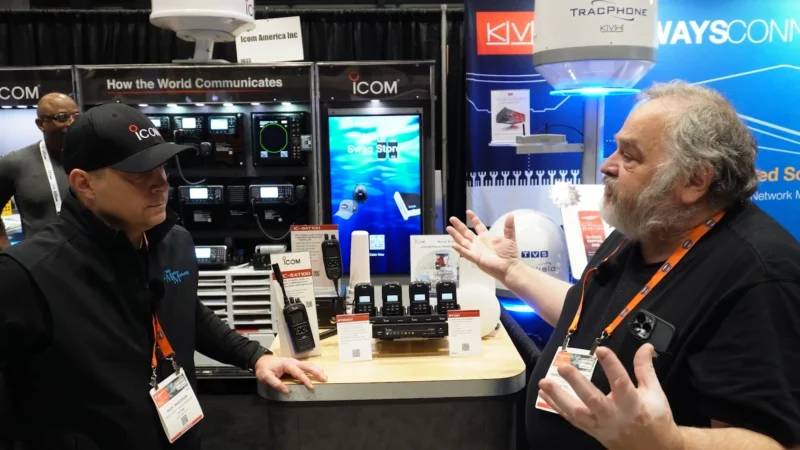What Content Creators Are Saying About Digital Signage
Digital signage content has evolved immensely over the last decade. From static images to full animation, the presentation has gone from lackluster to wow-inducing. Technology itself has led to this transformation, but it is also a result of savvier consumers and brands looking to make real connections.
The Value of Great Content
Content has to be valuable to all parties: the audience and the brand behind it. This may seem like a hard act to balance, however, there are ways to ensure that content meets both needs.
Interactivity Equals Better Connections
Debbie DeWitt of Visix, a provider of digital signage content, offered some insights into what the company is producing for clients.
“Interaction is critical for the best experiences. Interaction can include touchscreens for personalized browsing, social media integrations, and something simple like QR codes,” DeWitt said.
She also added that “every message should have a call to action so the audience knows what step to take next. Without a measurable call to action—like URLs, QR tags, or coupon codes, it would be impossible to measure the campaign’s effectiveness.”
That closing call to action should prompt a response by the audience, creating the ideal interactivity brands desire, according to DeWitt.
Personalization: The Rise of IoT in Digital Signage Applications
Digital signage is not quite clairvoyant, but it has the ability to personalize messaging. Through Internet of Things (IoT) devices, digital signage content is getting smarter. First, these systems can use sensors to gather real-time information that triggers specific content, such as:
- Proximity sensors—a shopper walks by a certain area and content begins to play.
- Weather sensors—if the sensors detect rain, the digital signage content may show umbrellas for sale or if the sun is out, sunglasses.
- Temperature sensors—should the temperature rise to over 80 degrees; the content would consist of hot weather snacks like ice cream.
Further, these IoT devices can interact with smartphones, which have become part of most people’s everyday lives. The smartphone can share preferences with a beacon or sensor, then the screen then plays appropriate content. For example, this could cue certain helpful information like store layout or weekly specials.
This truly changes the game for digital signage because the content is based on what the audience wants to see. In the past, brands had total control of content. The brand’s decision on what to play and when is still important, but if by giving customers exactly what they want, brands are more likely to see results like increased revenues.
Content as Art
Digital signage content typically does one of two things: sell or inform. The content includes key messaging and visuals that typically fall into one of these categories. Content does not have to stay in this box. Many hotels, resorts, and retailers are now using content as art.
For a sophisticated setting, high-quality animated art creates a completely new experience. For example, a resort in Las Vegas has digital signage attached to the pillars near the check-in area, which showcase different artistic scenes. It creates a very calming, serene feeling, replacing the frustrated and tired mood most travelers have when they are attempting to check in.
This trend is expected to expand, especially in upscale environments. Why just hang expensive art on the wall when brands can create immersive settings that they can change easily?
Digital signage content will see continued evolution in the years to come, especially with the introduction of powerful 5G networks and the proliferation of IoT devices. At the heart of every piece of content, regardless of how technology advances, is a story—one that resonates with the viewer and delivers value for the brand.
What are you excited to see in digital signage content for 2019?
For the latest news, videos, and podcasts in the Pro AV Industry, be sure to subscribe to our industry publication. A new episode of the Pro AV Show drops every Thursday.
Follow us on social media for the latest updates in B2B!
Twitter – @ProAVMKSL
Facebook – facebook.com/marketscale
LinkedIn – linkedin.com/company/marketscale






